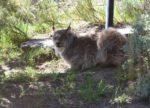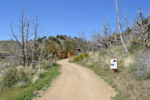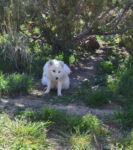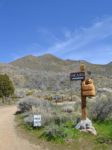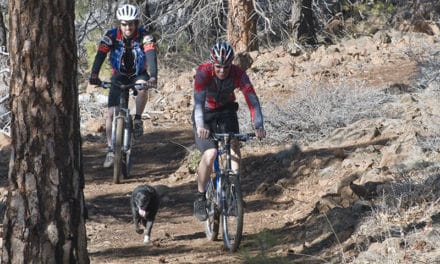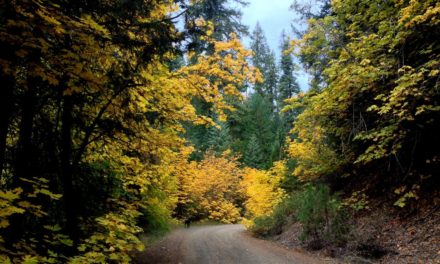Animal Ark Wildlife Sanctuary ~ 1265 Deerlodge Road – Reno, NV ~ (775) 970-3111 ~ animalark.org
[media-credit id=4 align=”alignnone” width=”300″]
[/media-credit]Some people refer to Animal Ark in Reno as a zoo. This is a misconception, employees and volunteers working there are quick to correct, pointing out the meaning behind the place’s full name: Animal Ark Wildlife Sanctuary. Yes, just like any regular zoo, Animal Ark hosts wild animals, and shows them – from April 1st to October 31st – to the general public for a fee, but this is where most of the similarities end. “We’re a sanctuary. We don’t buy, sell or breed animals,” said Torrie Sloan, a worker at the Ark’s admission office / souvenir-shop, Bobcat Baazar. In addition to differentiating from most zoos by not buying, selling, or breeding animals, and especially by not doing so for a profit, Animal Ark is different because of its eclectic selection of animals.Most of the resident animals are not species of some exotic foreign variety, but rather common North American predators in a need of a permanent shelter, often due to the unfortunate man-caused incidents that made them incapable of surviving in the nature on their own. Their biographies are compelling. Piper is an 8-year old bobcat who was previously kept as a human pet in Reno. Tonka is a mountain lion who was supposed to be in stage productions. He was trained for studio work, and preform magic acts, but in the end, he no longer would enter his carrying crate and unable to continue his career. Bella is a gray fox, and just like Tonka, entertainment industry’s cast-off. Some of the animals ended up at the Ark after losing their parents in the very early stages of their lives, due to illegal importation or car accidents. Predator orphans, bottle-fed and raised by people, usually cannot be released back into the wilderness once they grow up.
Situated on the 38 acres of pristine desert in the Red Rock area of Reno, Animal Ark is as close to wilderness as it could possibly be, offering captive animals housing facilities that are built with ethical respect for their natural environment, away from the city noise. “We are completely off-grid here,” said Candace Brown, long time volunteer at the Animal Ark, pointing at water tanks and solar panels displaying Ark’s commitment to both environmental cause and self-sufficiency.
Among different duties, Brown feeds mountain lion, Tonka, and helps with taking care of three African cheetahs that were brought to Animal Ark with a special purpose in mind. “Cheetahs are such an incredible animal. I think it is really special that we have cheetahs in Reno,” Torrie Sloan said about Ark’s probably most exotic animals. “She’s 13 this year, and she’s been with us at least nine years,” Brown said about female cheetah known as Zulu, minutes before entering her cage. “She was brought here as an ambassador for the cheetahs in the wild so the people can see her up close and they would have affinity for the wild cheetahs and saving their species. She’s a doll.” Once a week, Brown explained, cheetahs are given high speed run exercise, when they run in the special enclosure the way they would run in the African wilderness. Cheetahs are famous for running up to 70 mph. In order to better showcase these animals to the visitors, Animal Ark opens some of these weekly runs to the public. All of this is done to help Animal Ark maintain its sanctuary and financially support cheetahs in their natural African habitats. Often, there are different special happenings at the Animal Ark. These events are a great promotional tool for the Ark. Sloan, who is now a part-time employee, fell in love with the place few years ago when she attended one of these special events. “I came to an Ark After Dark. This is a guided tour in August, starting at 8 p.m. and finishing about 2 hours later. Its just beautiful out here in the evening. You hear the coyotes, and you hear the wolves,” Sloan said. “I really wanted to work here.” When asked about her favorite animal, Sloan takes a few seconds. “Tonka is one of my favorites. He has given me an opportunity to know what a mountain lion really sounds like. Everybody really likes him,” Mrs. Sloan said about the same animal. Animal Ark is, among other things, designed as a place for Nevadans to learn about animals native to their state. For example, Ark has a couple of desert tortoises; animals that are becoming very rare in Nevada due to environmental reduction and habitat fragmentation. Peabody is the older of two, with a birth date estimated to be around 1956. Visitors can also see a gray wolf, Rayna, who appear to be very interested in interacting with people. Her fur is spun into yarn and sold at the Bobcat Bazaar, converted into different items such as bookmarks, bracelets, and little coin purses. “That’s a really big seller”, said Mrs. Sloan, “Our wolf fur items are very popular.” Animal Ark appears to be popular with Nevadans, but not in the overwhelming way where one could not find peace and quiet upon arriving there, the way it often happens with some other attractive local destinations.
Please visit this post at mountainvalleyliving.com to view a full album of photos.
(Click on photos to enlarge fully)
AN ARK, NOT A ZOO
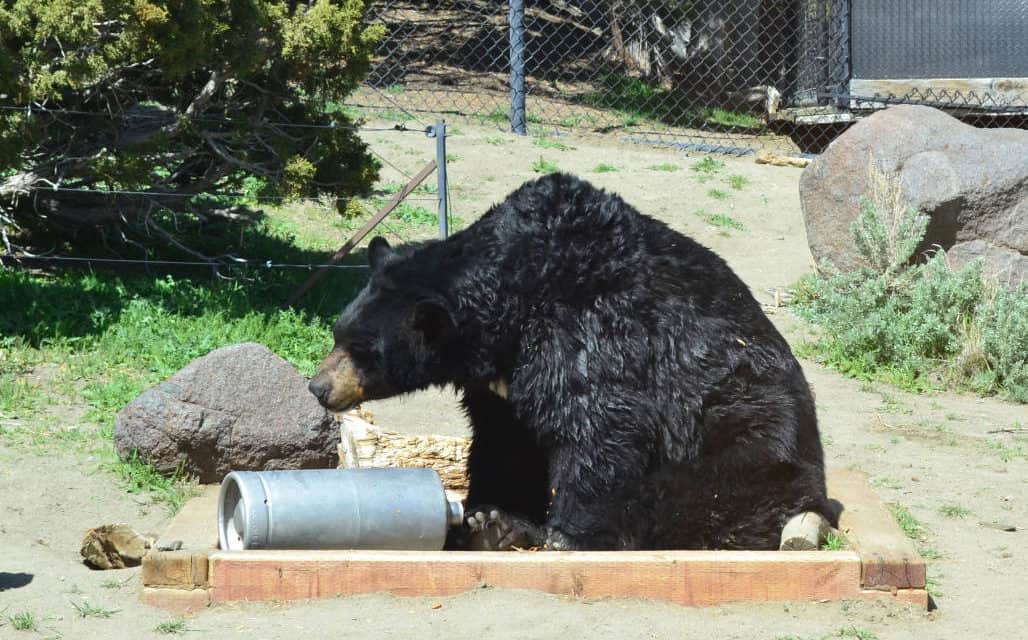
[adrotate group="14"]


